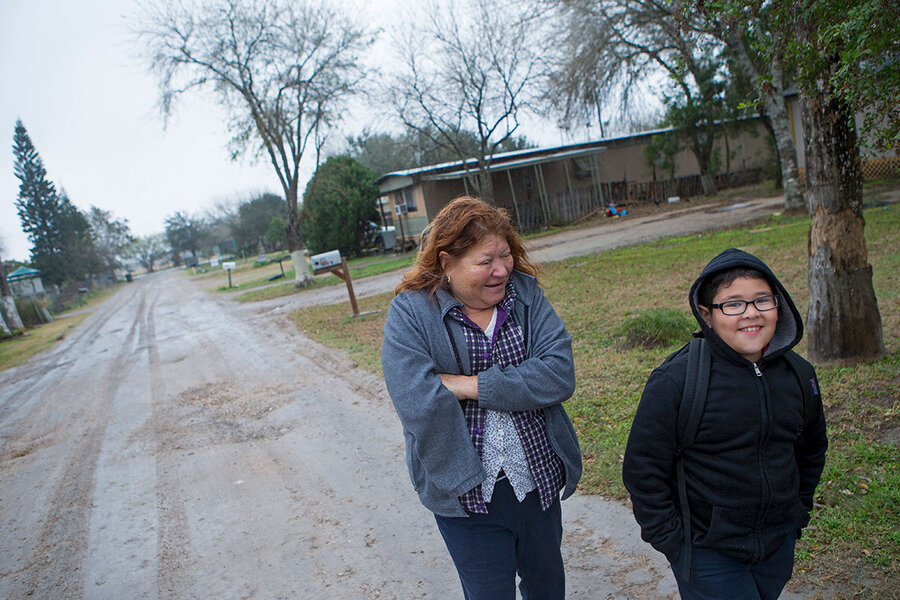Surveying hope: Can US instill optimism in regions of ‘despair’?
Loading...
| Washington
In the past few years research about Americans’ well-being has become newsy for all the wrong reasons.
Overall mortality rates have risen, in a break from the nation’s own past and from the typical pattern as countries advance economically. And amid a rise in suicides, drug overdoses, and diseases linked to high-risk behaviors, the term “deaths of despair” has entered the mainstream lexicon.
Carol Graham is one of the social science researchers tracking all this, and she sees potential solutions as well as a sobering problem.
Why We Wrote This
Hope matters – improving health, productivity, and even lifespans, two Brookings scholars write. While economists usually aren’t known for their work on optimism, they say, “the geography of desperation in America suggests that we must begin to take this issue on.”
The geography is stark. Locations that have struggled economically amid a long decline of factory jobs and other opportunities for less-skilled workers tend to be hot spots for “deaths of despair.”
But recent research by Ms. Graham and colleague Sergio Pinto, both of the Brookings Institution in Washington, suggests that answers may come from thinking harder about how to restore hope.
They find that a lack of optimism about the future is a defining feature for regions of “despair,” but also that minority populations in those same areas have a higher sense of optimism than white people.
“Our story is a nuanced one, with pockets of remarkable levels of hope and resilience among cohorts with a history of discrimination and marginalization, but who are gradually getting ahead and for the most part have faith in an American dream,” Ms. Graham and Mr. Pinto write in a report released in October.
This is the case even though, materially, black and Latino Americans are often worse off than white Americans. Partly, this has to do with an upward trajectory over time, even if progress is slow. But it also has to do with social connections, Ms. Graham writes in a related article.
“We can also learn from the informal safety nets and community support common in African American and Hispanic communities. These include extended families, churches, and other social entities that give purpose and meaning to life beyond an income and a job,” she says.
For young people, paths toward optimism might include policies that build skills. For older people it might be efforts to ease feelings of isolation.
Santa Monica, California, is one community that, by tracking indicators of well-being, recognized a challenge with loneliness. Among the efforts that followed, says Ms. Graham, were public invitations for people to pose in “family photos” with people they didn’t know. The result in many cases was an unexpected smile and meeting someone new.
Such efforts may sound almost trivial, but Ms. Graham and Mr. Pinto have found that elements of optimism or pessimism play a meaningful role in well-being, even after controlling for other factors that may influence one’s degree of optimism (such as age, education level, and marital status).
“Much previous work shows that hope matters to health, productivity, and lifespans,” they write in their new report. “While restoring hope among populations where it has been lost is not a topic that is usually the bailiwick of economists, the geography of desperation in America suggests that we must begin to take this issue on.”
Editor’s note: In the graphic, the standard deviation has been corrected for the effects on life satisfaction of being “employed full time” and of “unemployment.” And in one map, two states no longer are outlined in red for the highest “deaths of despair”; the deaths were high in those two states, but not in the top tier.







